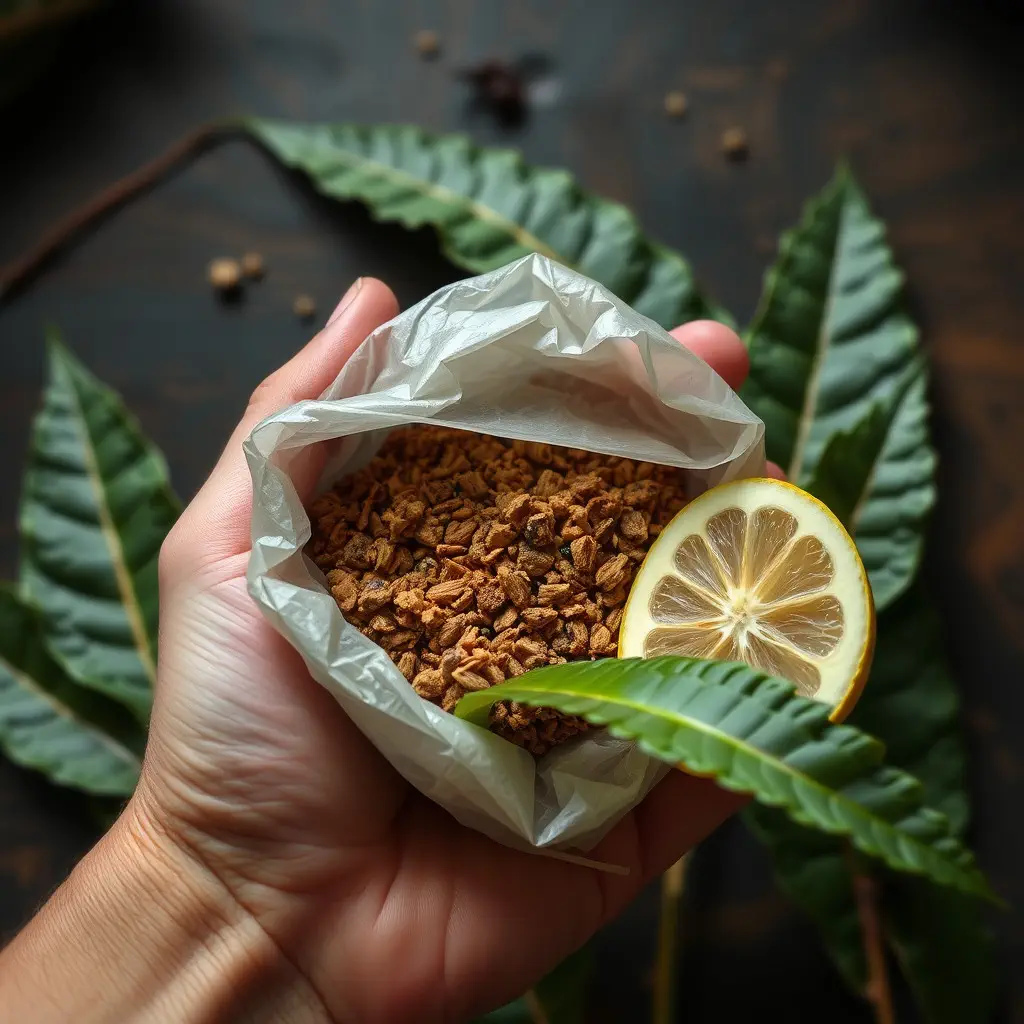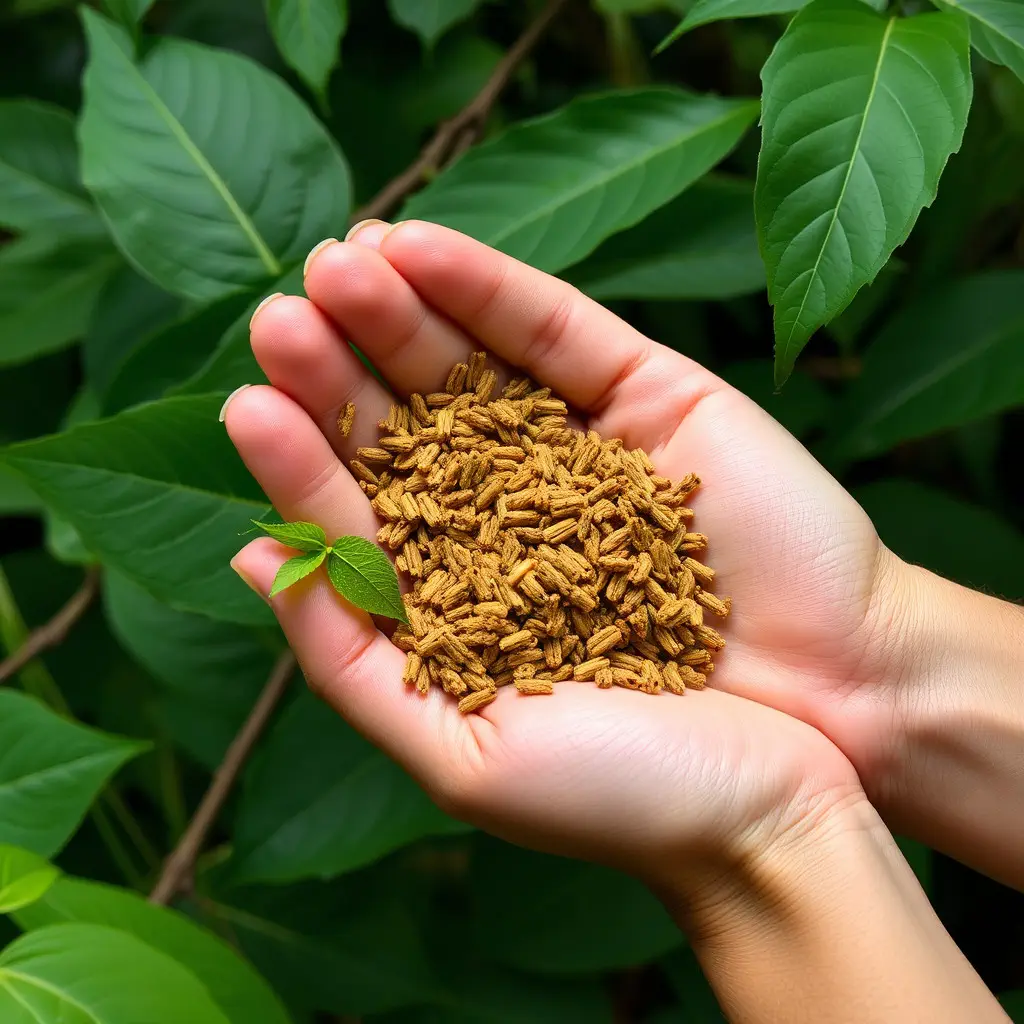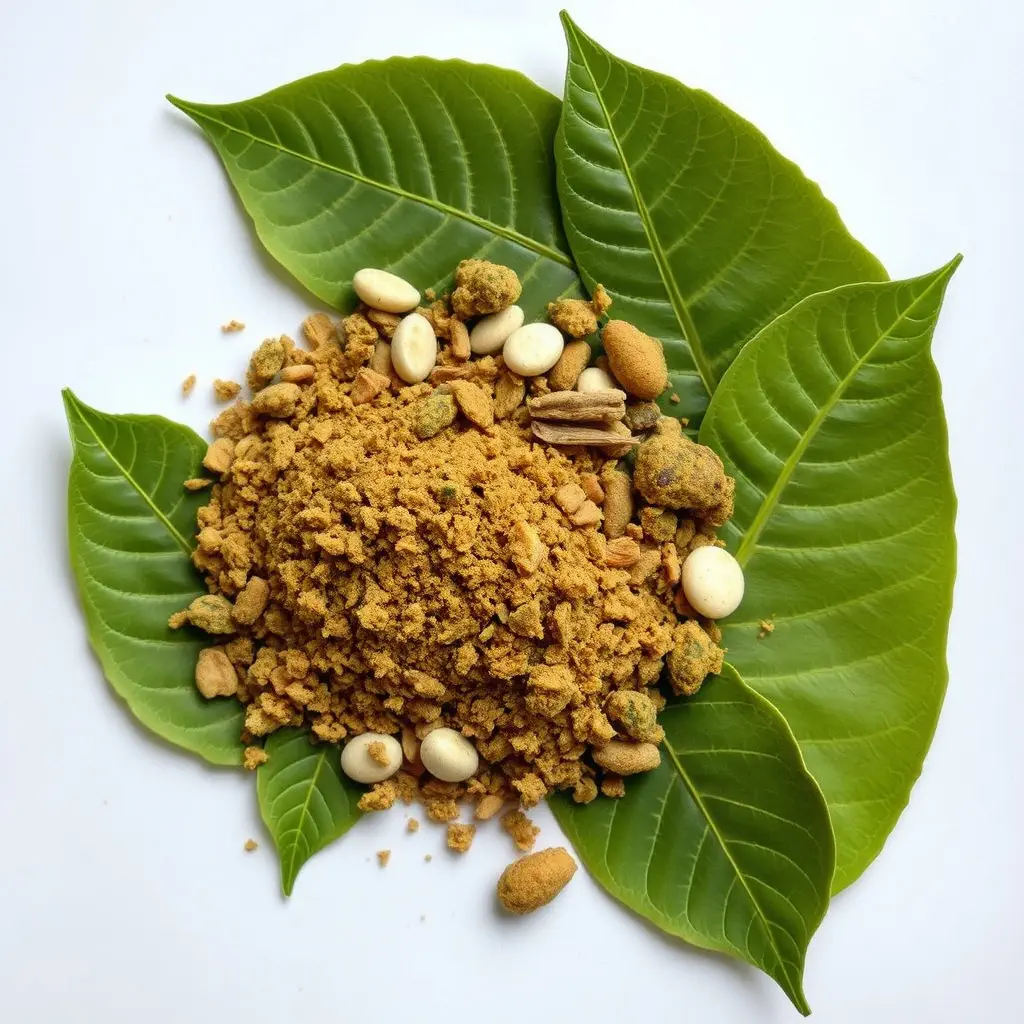Muscle tension can lead to discomfort and potentially chronic pain if not managed properly. Techniques like progressive muscle relaxation are effective mindfulness practices for easing tension and enhancing comfort over time. On the alternative therapy front, kratom, a substance from the Mitragyna speciosa tree, is increasingly used for natural pain relief, particularly in regions of Southeast Asia. Kratom contains compounds like mitragynine and 7-hydroxymitragynine that can interact with opioid receptors to alleviate pain. While it offers a range of effects from stimulating to sedating, depending on the strain and dosage, its use as a muscle relaxant should be approached with caution due to legal considerations and individual variability in response. It's important for users to consult healthcare professionals before incorporating kratom into their wellness regimen to ensure it's used safely and effectively for pain relief within a holistic approach that may also include other complementary therapies like massage, acupuncture, or yoga. The effectiveness of kratom compared to traditional muscle relaxants should be weighed against potential side effects, the need for further clinical research on long-term health implications, and its complex regulatory status. Users are encouraged to carefully assess these factors when considering kratom as part of their pain management approach.
Muscle tension can permeate daily life, often going unaddressed until it manifests as discomfort or chronic pain. This article delves into a range of relaxation techniques aimed at alleviating this common yet overlooked issue. We will explore the emergence of Kratom as a natural remedy for pain relief and its potential effects on muscle relaxation, comparing its efficacy with traditional pharmaceuticals and complementary practices. Join us as we navigate the interplay between these methods, providing valuable insights for those seeking to unwind physical tension effectively.
- Unraveling Muscle Tension: Effective Relaxation Techniques for Sustained Comfort
- Exploring the Role of Kratom for Pain Relief and Its Impact on Muscle Relaxation
- A Comparative Analysis: Kratom vs. Traditional Muscle Relaxants and Complementary Methods
Unraveling Muscle Tension: Effective Relaxation Techniques for Sustained Comfort
Unwinding muscle tension is a critical aspect of maintaining overall wellness, as prolonged contraction can lead to discomfort and even chronic pain. A myriad of relaxation techniques exists, each offering a unique approach to alleviating muscle tension and promoting sustained comfort. Among these, mindfulness practices such as progressive muscle relaxation are widely recognized for their efficacy. This method involves systematically tensing and then relaxing different muscle groups while maintaining an acute awareness of the bodily sensations. By doing so, individuals can identify and release held tension with greater precision.
In addition to traditional relaxation techniques, some individuals explore alternative methods such as using natural supplements like kratom for pain relief. Kratom, derived from the leaves of the Mitragyna speciosa tree, has been traditionally used in Southeast Asia for its analgesic properties. When it comes to muscle relaxation, certain strains of kratom, particularly those with higher levels of 7-hydroxymitragynine, are believed to provide pain relief and a sense of calm. It’s important to note that while kratom may offer benefits for muscle tension and discomfort, its use should be approached with caution and in accordance with legal guidelines, as it is a controlled substance in many regions. Users should consult healthcare professionals before incorporating kratom into their wellness routine to ensure safety and efficacy.
Exploring the Role of Kratom for Pain Relief and Its Impact on Muscle Relaxation

Kratom, a tropical tree native to Southeast Asia, has garnered attention in natural medicine circles for its potential analgesic properties. Traditionally, its leaves have been chewed to relieve pain and boost energy levels. Today, kratom is often consumed in different forms, including capsules, teas, and tinctures, to harness its effects for pain relief. The active compounds found in kratom, mitragynine and 7-hydroxymitragynine, are thought to interact with the body’s opioid receptors, providing a natural approach to managing chronic and acute pain. This interaction can not only alleviate discomfort but also contribute to muscle relaxation by inhibiting neural impulses that cause muscle tension and spasms.
The impact of kratom on muscle relaxation is multifaceted. For individuals experiencing muscle stiffness or soreness, kratom may offer a therapeutic solution. Its pain-relieving effects can ease the discomfort associated with muscular issues, allowing for improved mobility and reduced tension. Additionally, the sedative properties of certain kratom strains can further enhance relaxation, promoting a sense of calm and well-being. It’s important to approach the use of kratom with caution, as its effects can vary widely among individuals, and it should be used responsibly under appropriate guidance due to its potential for both therapeutic benefits and side effects. Proper dosing and adherence to regulations are crucial when incorporating kratom into any wellness regimen aimed at muscle relaxation and pain relief.
A Comparative Analysis: Kratom vs. Traditional Muscle Relaxants and Complementary Methods

Kratom, a mitragynine-speciosa leaf derivative, has garnered attention in the realm of pain management and muscle relaxation. Unlike traditional muscle relaxants that often come with a prescription, kratom is available as a natural supplement. It’s been reported to provide relief through its interaction with opioid receptors, offering both analgesic and anti-inflammatory properties. The effects of kratom can vary depending on the strain and dosage, ranging from stimulating to sedating, which can be particularly beneficial for those seeking tailored muscle relaxation. In contrast, traditional muscle relaxants like baclofen or cyclobenzaprine are pharmaceutical drugs designed to target specific neurotransmitters in the central nervous system to relieve muscle spasms and stiffness. These medications are typically prescribed for conditions such as multiple sclerosis or musculoskeletal injuries. While traditional relaxants are standardized for their effects, kratom’s efficacy is more nuanced, with individual experiences playing a significant role in its perceived benefits. Complementary methods, including massage therapy, acupuncture, and yoga, also contribute to muscle relaxation without the need for pharmaceuticals or kratom. These practices promote overall well-being by reducing stress, improving circulation, and enhancing the body’s natural healing processes. When considering kratom for pain relief versus traditional muscle relaxants, it’s important to weigh the potential side effects, legal status, and individual responses to each option. Users should approach kratom with caution due to its complexity in regulation and the need for further clinical research to fully understand its long-term impacts on health.
In conclusion, understanding muscle tension and its effects on well-being is pivotal, and the discussed techniques offer valuable strategies for sustained comfort. Among these, the potential of Kratom for pain relief has emerged as a significant alternative, with its unique impact on muscle relaxation being a noteworthy consideration for those seeking natural remedies. The comparative analysis highlights that while Kratom presents promising benefits, it’s advisable to weigh these against traditional muscle relaxants and complementary methods. Ultimately, the choice should be tailored to individual needs, with careful consideration given to the guidance of healthcare professionals. With a holistic approach to muscle relaxation, individuals can explore effective techniques that cater to their unique circumstances, contributing positively to their overall health and quality of life.






